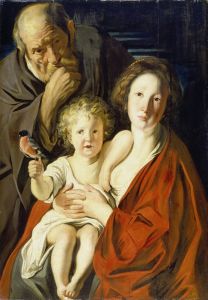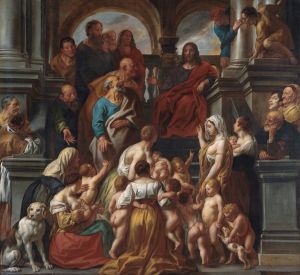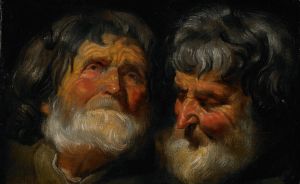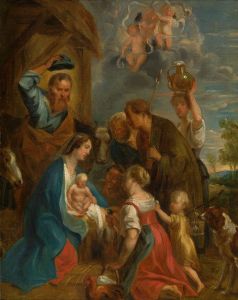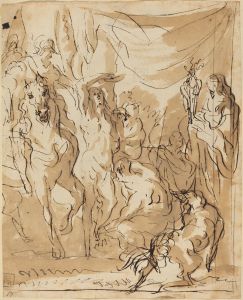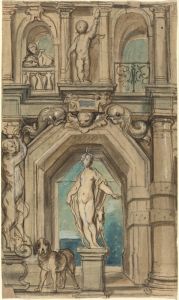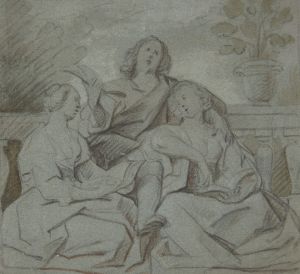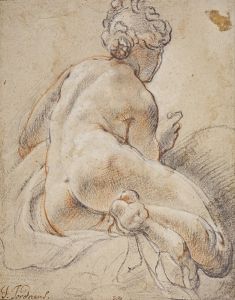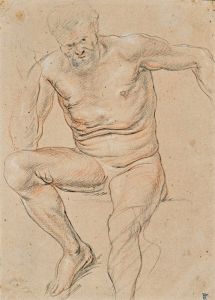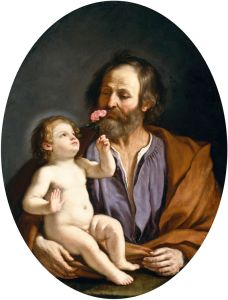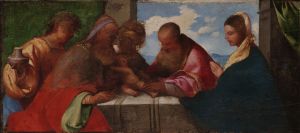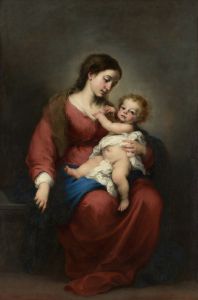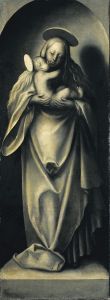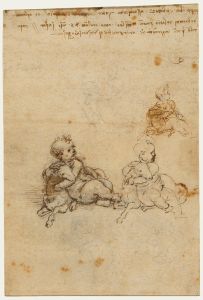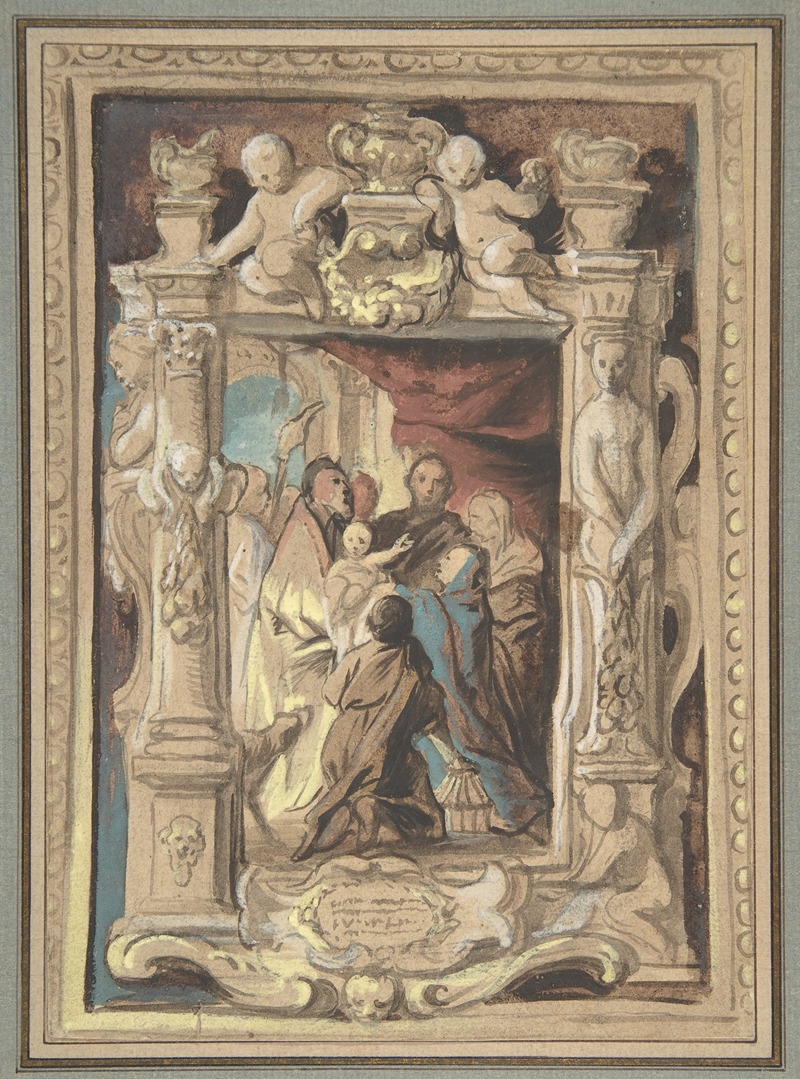
The Presentation in the Temple, with a Design for a Sculpted Frame
A hand-painted replica of Jacob Jordaens’s masterpiece The Presentation in the Temple, with a Design for a Sculpted Frame, meticulously crafted by professional artists to capture the true essence of the original. Each piece is created with museum-quality canvas and rare mineral pigments, carefully painted by experienced artists with delicate brushstrokes and rich, layered colors to perfectly recreate the texture of the original artwork. Unlike machine-printed reproductions, this hand-painted version brings the painting to life, infused with the artist’s emotions and skill in every stroke. Whether for personal collection or home decoration, it instantly elevates the artistic atmosphere of any space.
Jacob Jordaens was a prominent Flemish Baroque painter, known for his vibrant use of color and dynamic compositions. One of his notable works is "The Presentation in the Temple, with a Design for a Sculpted Frame." This painting is a fine example of Jordaens' ability to blend religious themes with his distinct artistic style.
"The Presentation in the Temple" depicts the biblical scene of the Presentation of Jesus at the Temple, an event described in the Gospel of Luke. According to the narrative, Mary and Joseph brought the infant Jesus to the Temple in Jerusalem to perform the redemption of the firstborn son, in accordance with Jewish law. During this event, they encountered Simeon, a devout man who had been promised by the Holy Spirit that he would not die before he had seen the Messiah. Upon seeing Jesus, Simeon recognized him as the Christ and uttered a prayer of thanksgiving, known as the Nunc Dimittis.
Jordaens' interpretation of this scene is characterized by his typical Baroque style, which includes dramatic lighting, rich colors, and expressive figures. The composition likely features a strong diagonal line, a common technique in Baroque art to create movement and tension. The figures in the painting are probably rendered with Jordaens' signature robust and lively style, capturing the emotional intensity of the moment.
An interesting aspect of this work is the inclusion of a design for a sculpted frame. This suggests that Jordaens not only focused on the painting itself but also considered how it would be presented, integrating the artwork with its frame to enhance the overall visual impact. This approach reflects a broader trend in Baroque art, where the boundaries between painting, sculpture, and architecture were often blurred to create a more immersive experience for the viewer.
Jordaens was part of the Flemish Baroque tradition, which was heavily influenced by the works of Peter Paul Rubens, another master of the period. While Jordaens never traveled to Italy, unlike many of his contemporaries, he was able to study the works of Italian masters through prints and the influence of Rubens. This exposure helped him develop a style that, while distinct, shared the dramatic flair and emotional depth characteristic of Baroque art.
Throughout his career, Jordaens produced a wide range of works, including religious scenes, mythological subjects, and genre paintings. His ability to convey complex narratives with clarity and emotion made him one of the leading artists of his time. "The Presentation in the Temple, with a Design for a Sculpted Frame" is a testament to his skill in combining religious storytelling with artistic innovation.
Jordaens' work remains significant in the study of Baroque art, as it exemplifies the era's emphasis on movement, emotion, and the integration of different artistic elements. His paintings continue to be appreciated for their technical mastery and the vivid portrayal of human emotion and divine encounters.





